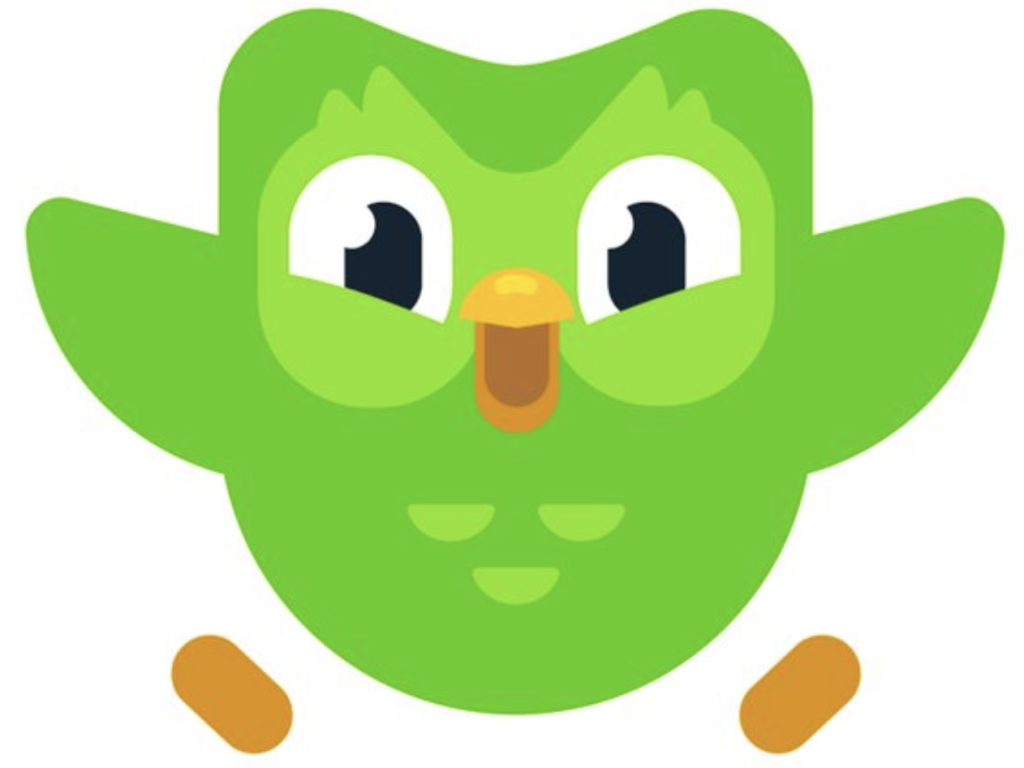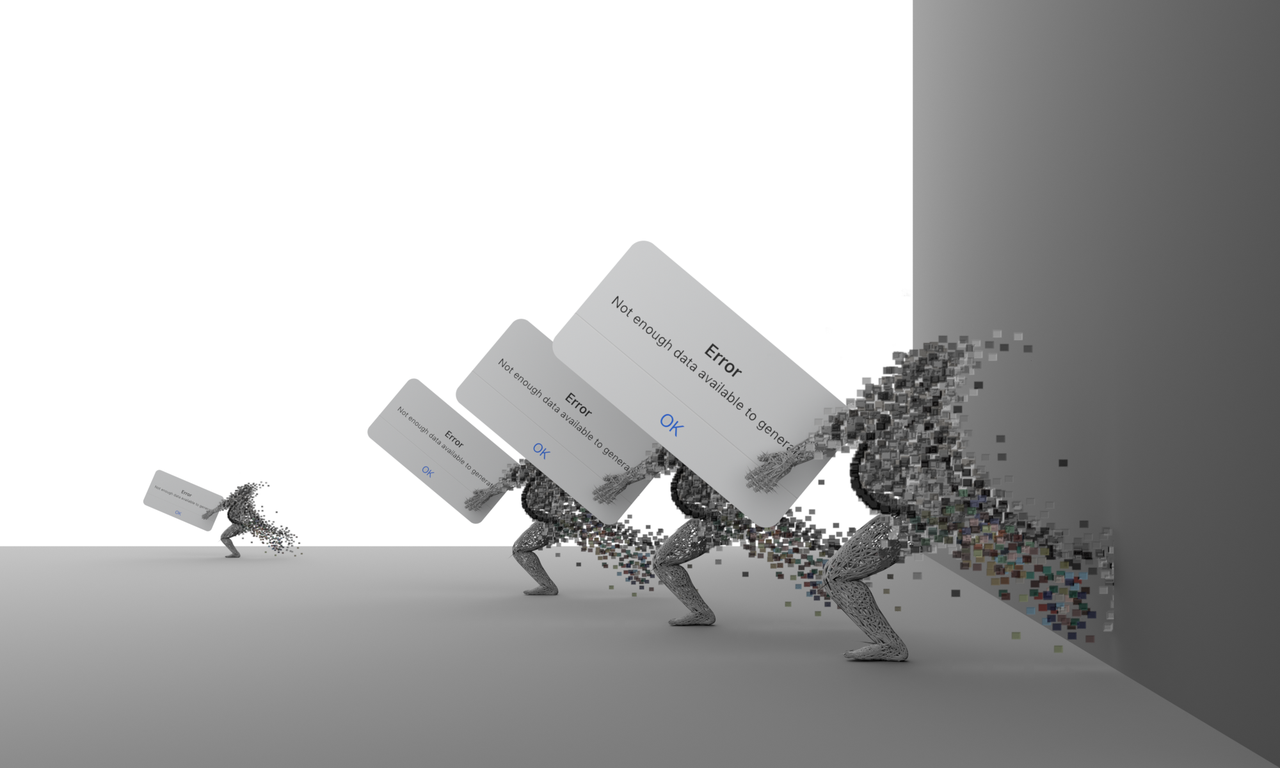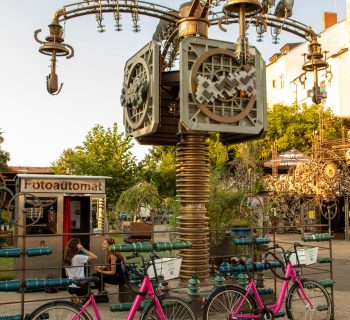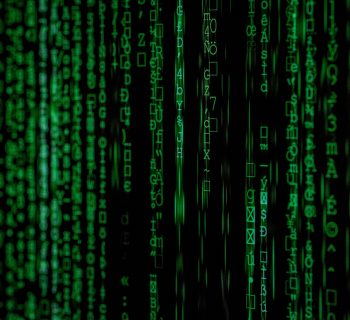
AI in education is hardly new. I have been working with AI in Vocational Education and Training and careers guidance for something like 8 years now but it has been around way before that. The issue seems to be that not many people really noticed or were that interested until Chat GPT came out in November 2022 with its seemingly magic online typewriter churning out text in response to written prompts. But especially now with increasing realisation of the limits and issues confronting Generative AI and Large Language models, perhaps it is time to look in a bit more detail at the different uses of AI in education.
As of January 2024, Duolingo was the world's most popular language learning app based on monthly downloads, with around 16.2 million users downloading it that month.
Duolingo is an app and website that uses a gamified approach to language learning, with lessons that incorporate translating, interactive exercises, quizzes, and stories. It also uses an algorithm that adapts to each learner and can provide personalized feedback and recommendations.
Duolingo has been through many design phases. Formerly, it provided users with different "skills" placed along a "tree", where they could progress by completing every skill above them. The user could upgrade the skill at any time, with the final goal of turning it "golden" or "legendary". In November 2022, Duolingo switched to an AI-assisted path, where the user's learning level is put on a single "path", including the stories.[Duolingo also provides a competitive space,such as in Leagues, where people can compete against their friends or see how they compare with randomly selected worldwide player groupings of up to 30 users. Rankings in Leagues are determined by the amount of "XP" (experience points) earned in a week. Badges in Duolingo represent achievements earned from completing specific objectives or challenges.
Given the scale of AI it is interesting to see how Duoling uses AI.
In a post on LinkedIn, Severin Hacker, co-founder of DuoLingo, said:
People know Duolingo for its personalized lessons, but we use AI in many other places across our products.
Our in-house experts spend a lot of time thinking about how AI can support and scale their work so that they can get new content to learners faster than ever before. Here is a non-exhaustive list of where AI enhances the Duolingo experience:
- Assembling personalized lessons
- Determining when learner’s should review old content
- Generating interactive exercises from expert-created raw content
- Auto-suggested text in freeform exercises
- Generating a range of possible accepted translations
- Grading exercises
- Creating character voices
- Generating DuoRadio scripts
- Generating real-time responses in Role Play
- Providing context on mistakes with Explain My Answer
- Triggering character animations with Rive
- The Duolingo English Test question generation and scoring
- Deciding when to send push notifications
Fairly obviously some of these applications - such as generating translations and generating scripts - are based on Generative AI. And according to Wkipedia, in January 2024, after having laid off around ten percent of its contractors, Duolingo began using artificial intelligence to replace tasks usually done by its contractors. But I guess other uses of AI are not based on Gen AI. For example DuoLingo is big into motivation (I should know after using it for three years) and I guess that is using AI to analyse its huge data to decide when and what messages to send to motivate learners.
So - when we talk about AI in education we need to think beyond the current obsession with Generative AI.








